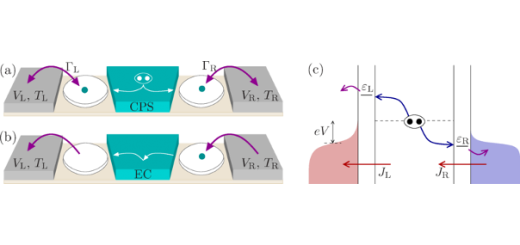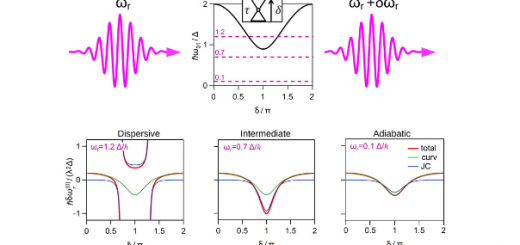Molecular Identification and Bonding Information from High-resolution AFM
Article: published in ACS Nano by Pablo Pou and Ruben Perez, IFIMAC researchers and members of the Department of Theoretical Condensed Matter Physics.
High-resolution atomic force microscopy (HR-AFM) is able to image the internal structure of molecules, resolves features in the intermolecular regions of weakly bonded molecules, discriminates between bond orders in aromatic compounds, and has opened the door to following or even inducing on-surface chemical reactions. This revolution in molecular imaging has sparked a strong debate about the interpretation of the experiments and the development of new capabilities like chemical identification. Here, we introduce an efficient method to simulate HR-AFM images with CO probes. Our model explicitly takes into account the charge densities of the sample and the probe for the calculation of the short-range (SR) interaction and retains ab initio accuracy with only two parameters, that are essentially universal, independent of the number of chemical species and the complexity of the bonding topology. The application to molecular images shows a strong dependence on the stoichiometry and bonding configuration that precludes the chemical identification of individual atoms based on local force-distance curves. However, we have identified features in the 2D images and 3D force maps that reflect the highly anisotropic spatial decay of the molecular charge density and provide a way towards molecular identification. The model treats SR and electrostatics interactions on an equal footing and correctly pinpoints the Pauli repulsion as the underlying interaction responsible for the bond order discrimination in C60. Finally, we settle the controversy regarding the origin of the intermolecular features, discarding the effect of the charge redistribution associated with the H bonds, and linking them with the overlap of the wave functions of the atoms that constitute the bond. This overlap creates saddle regions in the potential energy landscape that are sensed by the probe. [Full article]




















